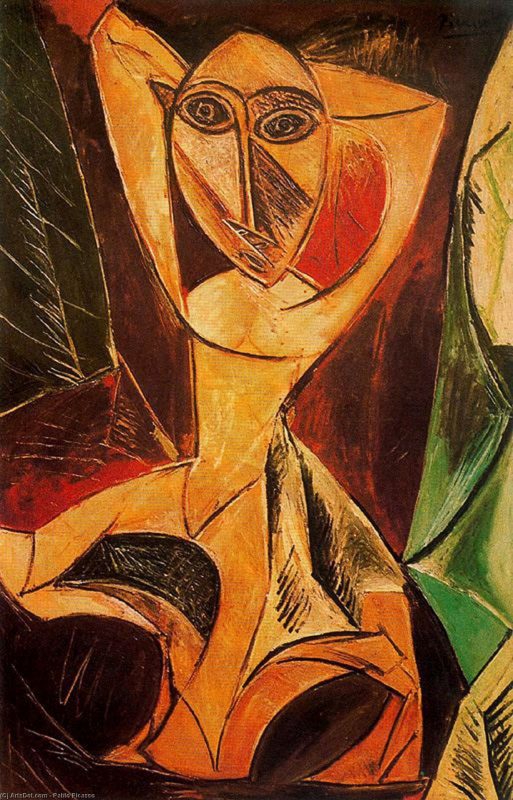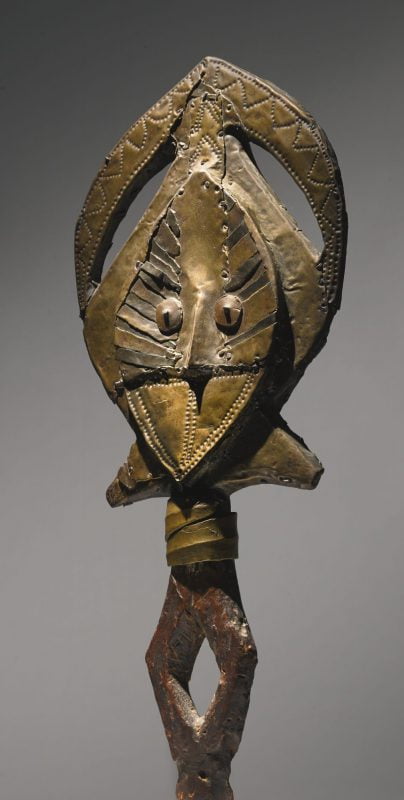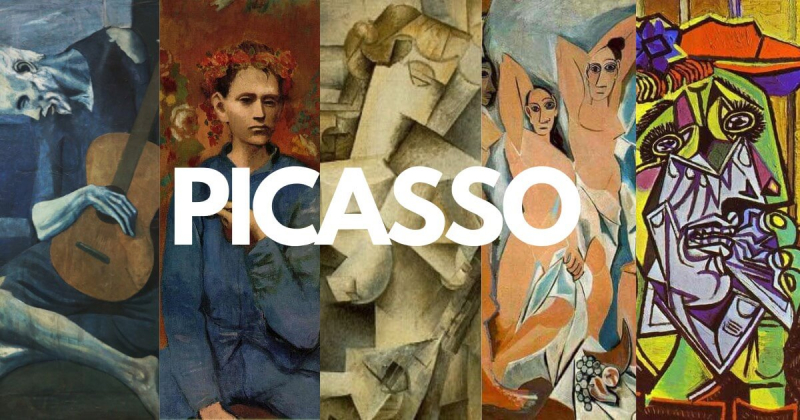
During the development of painting trends in the 20th century in the West, artists have repeatedly borrowed ideas from other cultures. The fact that Westerners do not take this issue seriously has caused some cultures to not be properly recognized. So in this article, we will look back at the influence of African art on the history of painting.
At the beginning of the 20th century, African artifacts and artifacts were brought to the museums of Paris, the spoils of the invasion of the French empire into sub-Saharan Africa. The press became abuzz with exaggerated stories of cannibalism and strange tales of the African kingdom of Dahomey. In addition, the mistreatment of Africans that took place in the Congo was exposed in Joseph Conrad ‘s famous book In the Dark .
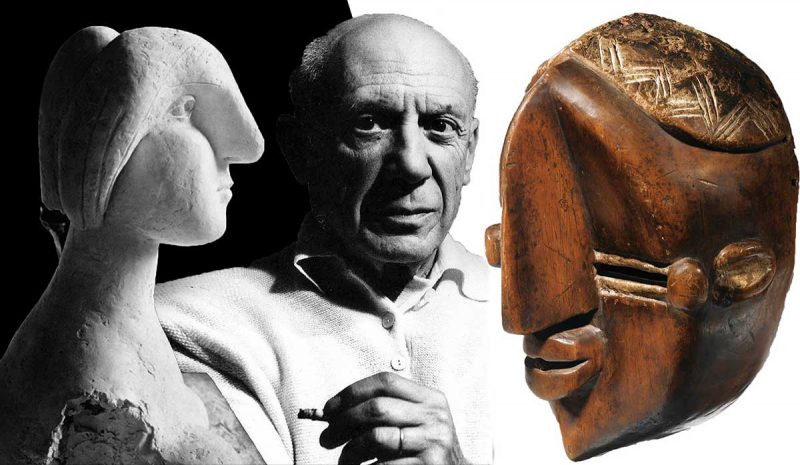
The French colonial expansion across Africa has filled European museums with priceless African artifacts. And Cubism began in 1904, when Paul Cézanne ‘s Mont Sainte-Victoire (1904-06) broke with the traditional view of painting. In 1905, the artist Maurice de Vlaminck allegedly sold an African mask originating from Ivory Coast to André Derain , and it was displayed in his studio in Paris. Henri Matisse and Picasso visited Derain that year and were ‘absolutely haunted’ by the mask’s ‘greatness and pristineness’.
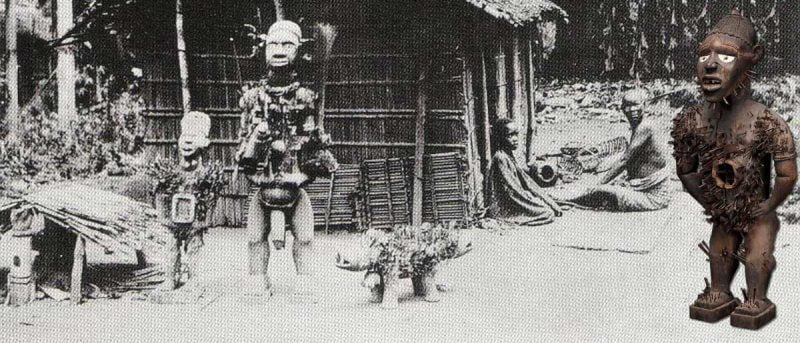
In 1906, Matisse brought Gertrude Stein a statue of Nkisi from the Vili tribe in the Democratic Republic of the Congo that he had purchased that same autumn. Picasso happened to be at their meeting, and so fascinated by the statue’s magic that he began to study African art.
Henri Matisse .’s early approaches to painting
A well-traveled artist, Henri Matisse traveled to Algeria and studied African art in 1906. African art began to shape much of his work as he practiced many of the same styles and techniques like African masks and cloths. It was also during this time that Matisse met the painter Pablo Picasso , who later became his lifelong friend and rival.
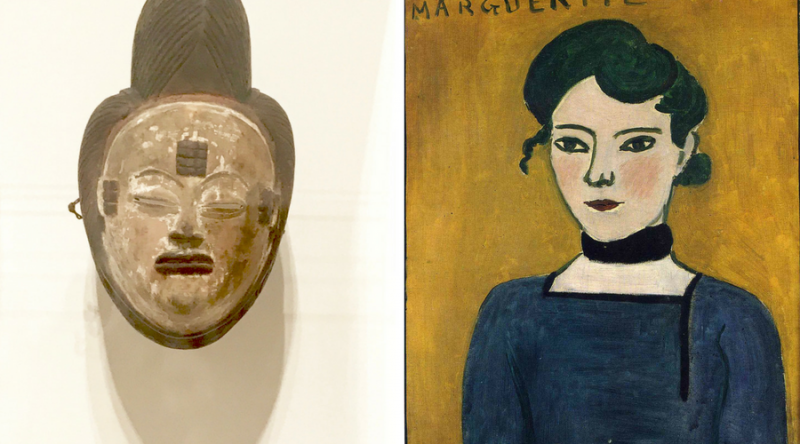
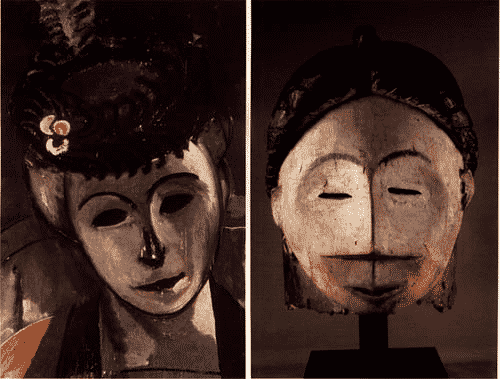
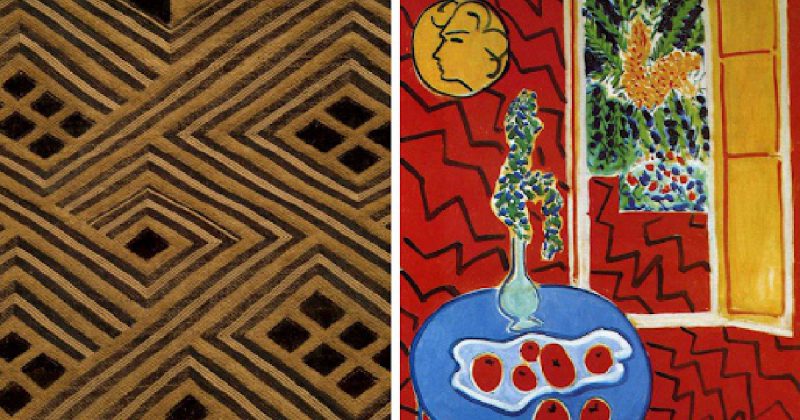
To date, some of Matisse’s most notable works present evidence of the influence of African art. His work from 1907, Marguerite is a painting depicting his daughter shaped like an African mask he owns. Especially in the works of his wife, the arch of the eyebrows and the upward curve of the upper lip clearly show the influence of Sira Punu’s mask. Another notable example is the 1942 still-life painting The Red House , the motif used by Matisse is seen in Kuba, an African hand-woven fabric of the Kuba people of the Congo.
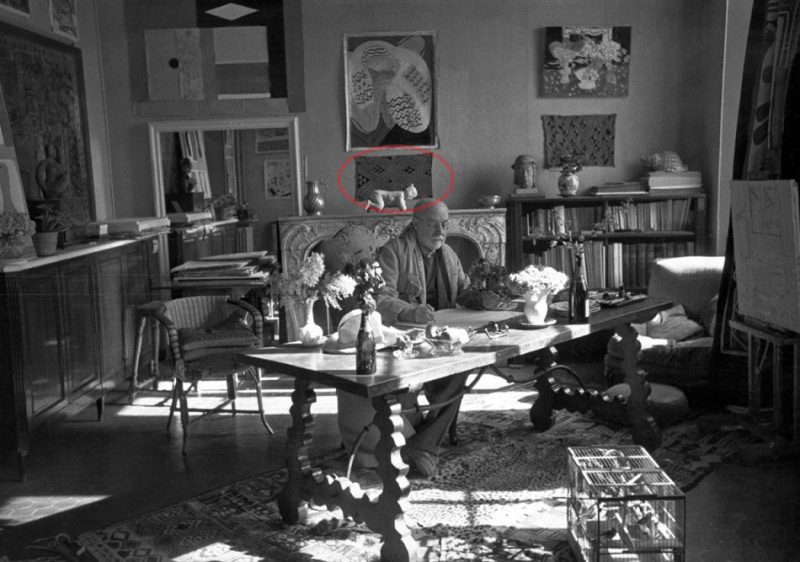
Pablo Picasso’s Cubism
Picasso’s period of African art, also called his Cubist or Primitive period, lasted from 1907 to 1909. After the blue period and rose period ), Picasso took a leading position in the Negro/black period. Inspired by traditional African masks, Picasso used a palette of earthy tones, overlapping browns and yellows with deep reds.
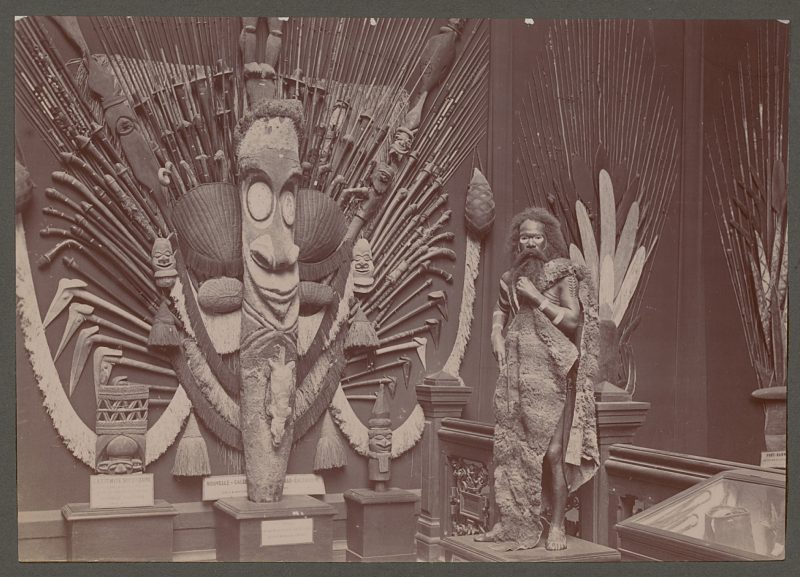
In May or June 1907, Picasso went to see works of African art at the ethnographic museum in Trocadéro. In 1937, Picasso recounted his impressions of a visit to the museum to the culturalist Andre Malraux, a close friend of his:
“People are always talking about the influence of black people on me. What can I say? We all love pets. Van Gogh once said: ‘We all have in common the Japanese art.’ And for us, it’s black people. But their mask shape doesn’t affect me any more than it does Matisse or Derain. But for them, the masks are like any other sculpture. When Matisse showed me his first black mask, he told me about Egyptian art.
When I arrived at the old Trocadéro museum, a musty and antiquated smell hit my throat, I was so bored that I could leave at any moment. But I was forced to stay to see these masks, all objects man-made with a divine and magical purpose, to mediate between them and unknown hostile forces. around, they tried to overcome their fear by giving them color and shape. And then I understood what that picture really meant. It is not an aesthetic creative process; but a form of magic that weaves itself between us and the hostile universe, a means of regaining power by imposing a shape upon our terrors, as well as our own desires. . The moment I understood that, I found my way.”
-
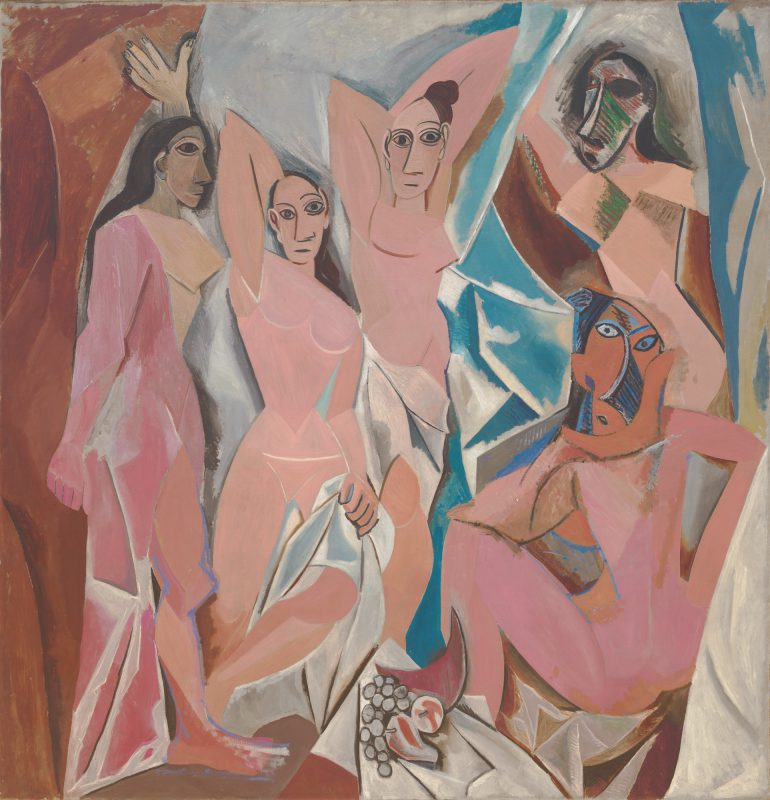
The Women of Avignon , 1907. Picasso painted immediately after a visit to the museum. -
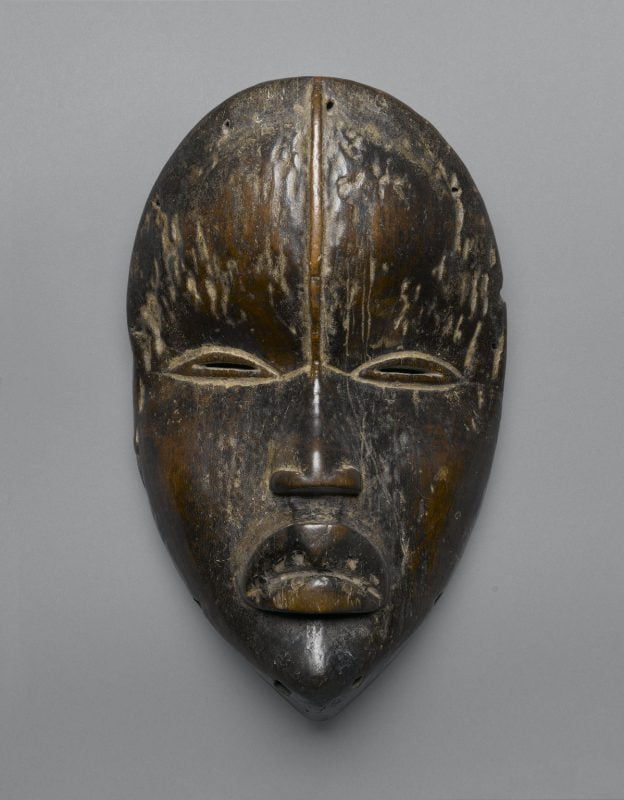
Dan mask of the tribes of Ivory Coast and Liberia. It can be compared with the girl number 1 on the far left and the girl number 4 on the right standing.
-
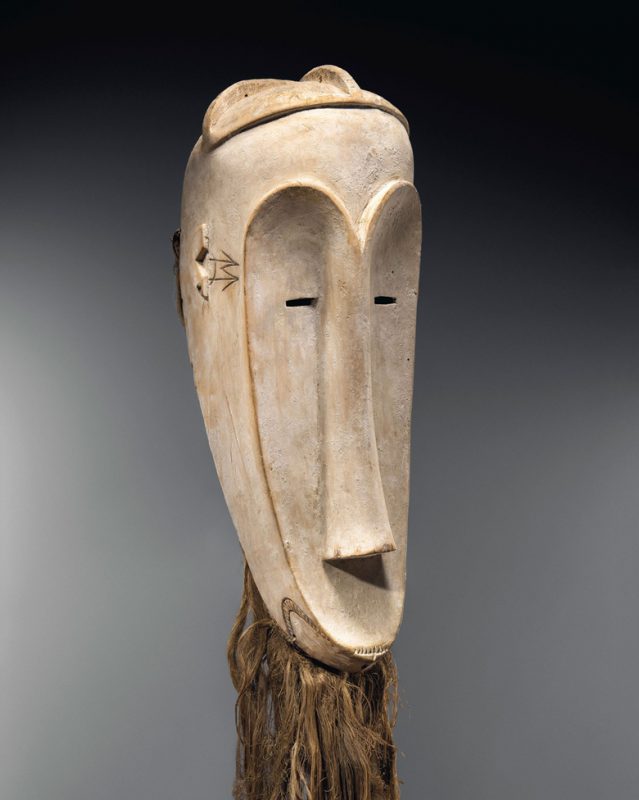
Ngil mask of the Fang people living in Gabon. Can be compared with girls number 2 and 3 in the middle. -
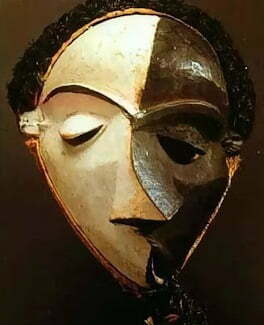
Mbuya mask of the Zaire people (now Congo). Can be compared with the girl sitting.
Picasso’s discoveries of African art influenced his painting The Women of Avignon (completed July of the same year), which depicts five women selling flowers in Bacelona. The faces of the three women on the left are based on Iberian sculptures. To avoid the monotony of composition, Picasso painted the faces of the two women on the right based on the African artifacts he collected. Since this masterpiece, he has been painting in a style influenced by the two figures on the right side of the picture. These influences followed him throughout his art making.
“Picasso has created something so formidable that it is startling and terrifying. He gets that from African art – it’s another way of seeing the power of art, and that makes his art free.” — Laurence Madeline, curator of the Picasso museum.
“Picasso painted his own face as if it were a mask, almost as if it belonged to someone other than himself. The intensity, the savagery of this self-portrait shows the progress Picasso made over the course of several years, even months before that.” – Marie-Laure Bernadac and Paule du Bouchet write.
In 1908, Braque exhibited his works at the gallery in Paris, which was the first official exhibition of Cubism and coined the term Cubism.
Evidences of Picasso’s appropriation of African culture
Throughout his life, Picasso denied that he was inspired by African art, but there is ample evidence that he observed and collected African items during the beginnings of the Lavish School. body. Notably, Picasso once owned a number of ancient Iberian sculptures that he received from an acquaintance who had stolen them from the Louvre in Paris.
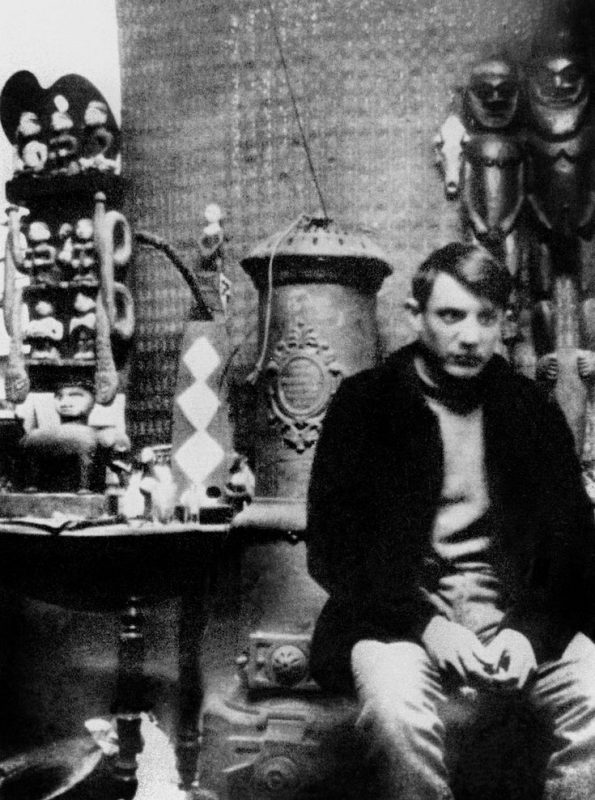
Picasso admitted that a visit to the Trocadero ethnographic museum changed him, but he never recognized African art. However, the evidence is shown throughout Picasso’s works, the viewer can refer to some of the African masks he saw in the Trocadero. But instead, he delivers pale, completely lifeless caricatures from the original, which is perhaps why Picasso has always kept his African influences a secret to himself.
“Good artists copy, great artists know how to steal.”
Pablo Picasso
On the other hand, in the opposite direction, there are still some people who oppose the idea of Picasso appropriation of culture and consider his actions to be part of modernism in Europe. In 2006, an exhibition entitled ” Picasso and Africa “ featured 84 works by Picasso and 29 pieces from his Black period, as well as 100 African sculptures that he collected on display. side by side in Johannesburg, South Africa. The purpose of the exhibition is not to accuse Picasso of appropriation, but to show how he overcame that and created a new kind of aesthetic.
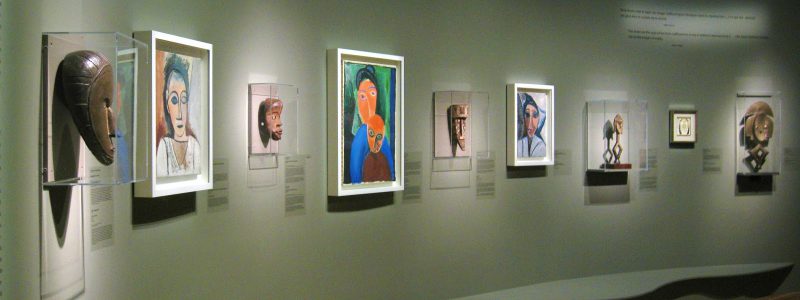
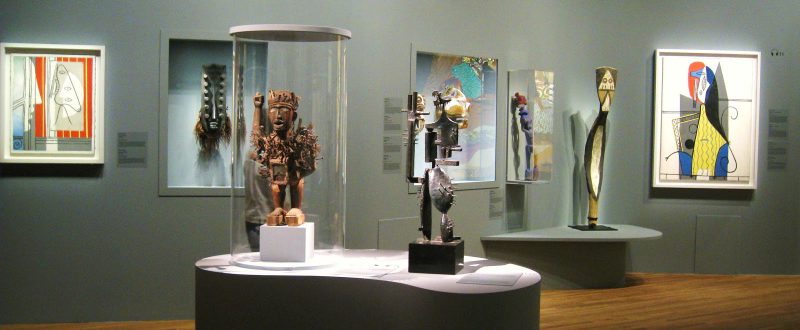
“Picasso never copied African art, which is why this exhibition doesn’t have a specific African work that matches some of Picasso’s works. He made a point to express his own art, but then he transformed into something more extraordinary and new.”
Marylin Martin, curator of the exhibition, told the Guardian.
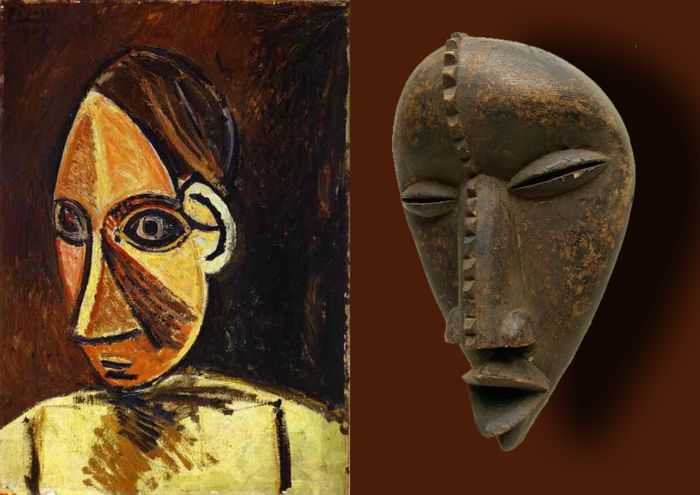
-
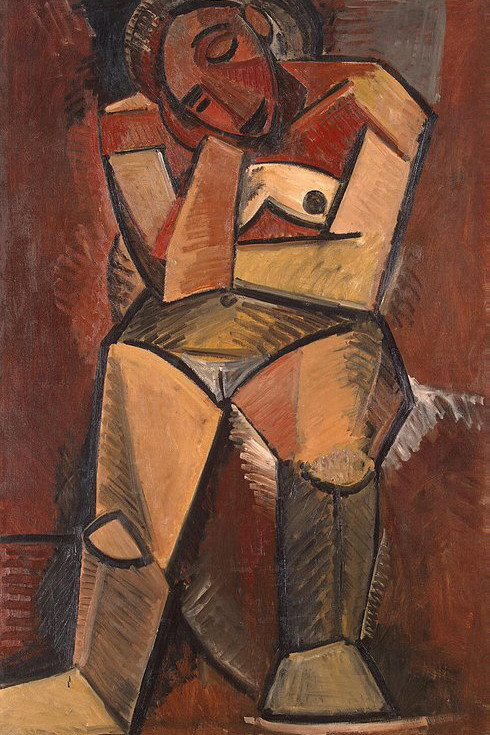
Woman meditating , 1908. -
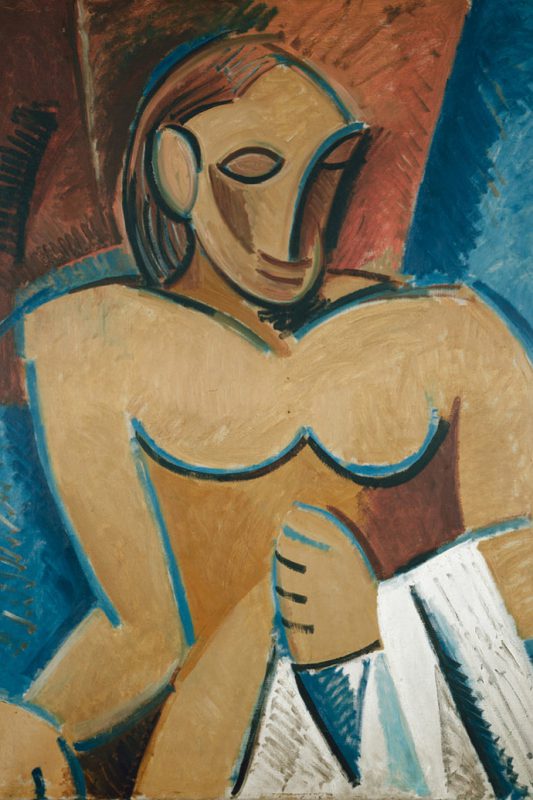
Nude , 1907.
Marylin Martin can be understood as the paintings illustrating how Picasso ‘improved’ from using various African techniques, such as inverting the convex and concave lines on a mask to create the field. cubism. Martin points out that, towards the end of his life, Picasso locked himself with African works in his studio. He was constantly inspired by them: a year before his death in 1973, Picasso made The Musician , an oil painting with a face as fierce as the Grebo masks he owned.
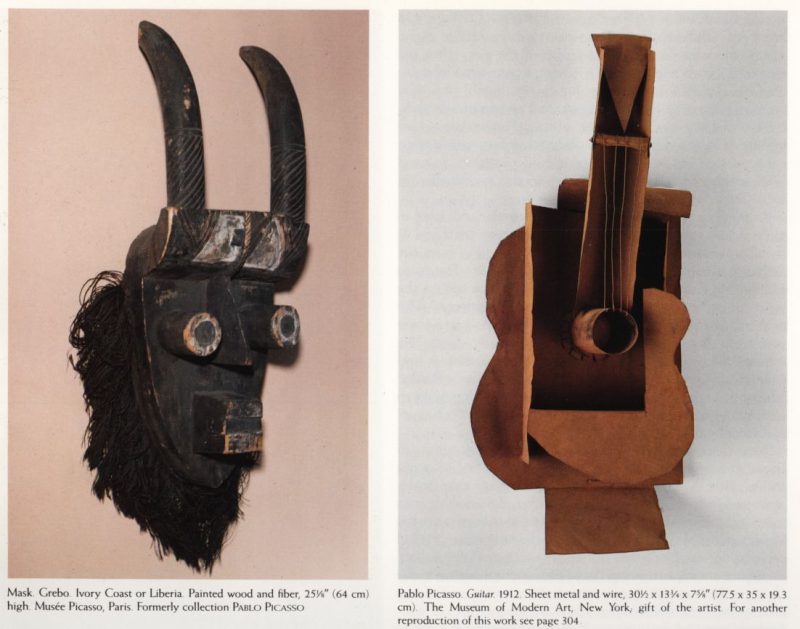
“Letting young art students see Picasso’s beautiful paintings and letting them see how he was influenced by African art – that’s the most exciting thing about this exhibition. Picasso was inspired by African art and now African artists will be inspired by Picasso. It’s a full circle.”
Marylin Martin
Martin also added that the exhibition of these works with Picasso aims to help the works of unknown African artists be recognized. In the context of that time, African artefacts were not considered to be works of art, Picasso’s work of appropriating culture and incorporating into the work set the stage for African artefacts to be recognized. Accept is art.
A more accurate look at the influence of African art
Léopold Sédar Senghor was a poet, cultural theorist, and first president of Senegal. In 1939, he published the essay What do black people contribute? and remind readers to remember this saying, as well as state the situation that their nation is facing. The content of the essay is also well analyzed by him about African art and Westerners’ perspectives on African art.
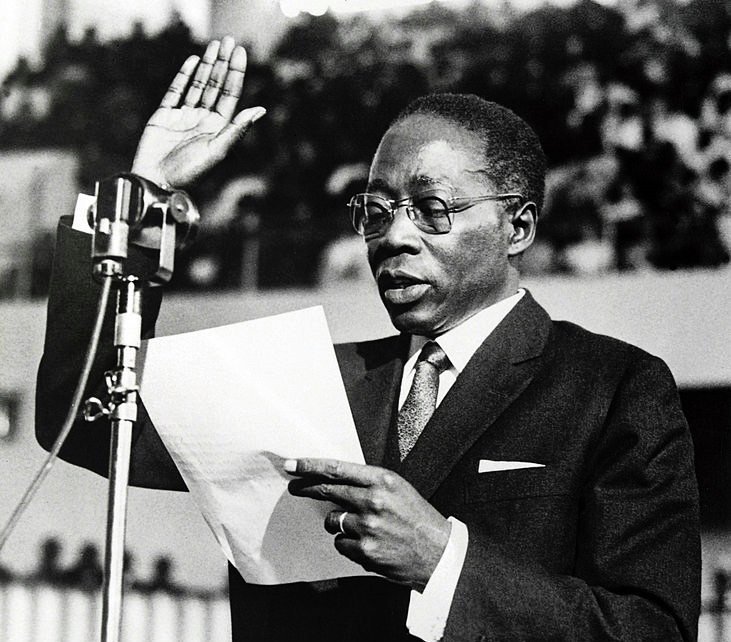
To him, to pursue the question of the relationship between African art and African identity is like interrogating a dumb mirror. As masks and sculptures lost their origins, no Africans could confirm that their origins were distorted when taken abroad. And African artifact collectors such as Paul Guillaume and Thomas Munro reinforced this effect by weaving divine anecdotes into African culture. The unknown artists who made them have disappeared with the secrets of these works, and their imitators are covered.
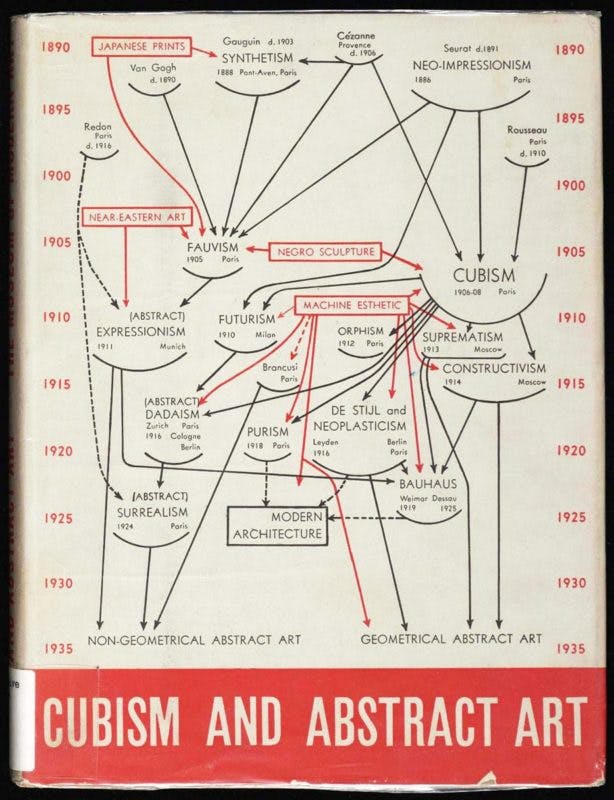
We can forget who created them and what they mean, but we have to look at them again. Those who do not recognize African culture can be divided into two categories. One , the ethnographers and collectors Guillaume and Munro fabricated “abstract metaphysical theories” to explain African psychology. They consider that between people and artwork, it doesn’t clear anything and on the contrary just tries to confuse things further. Two, a group of European artists whom he considers the first to recognize this art form on the basis of modernist tendencies. Regrettably, what he discovered was that the discourse of this group of artists was nothing more than ‘extravagant’ praise: the artists were strongly drawn to the work, while still refusing to acknowledge its influence. influenced and left ‘ambiguous, flowery, incoherent, confused melodies’. Professional art critics also make small talk, expressing nothing but their preference when it comes to the essence of African art.
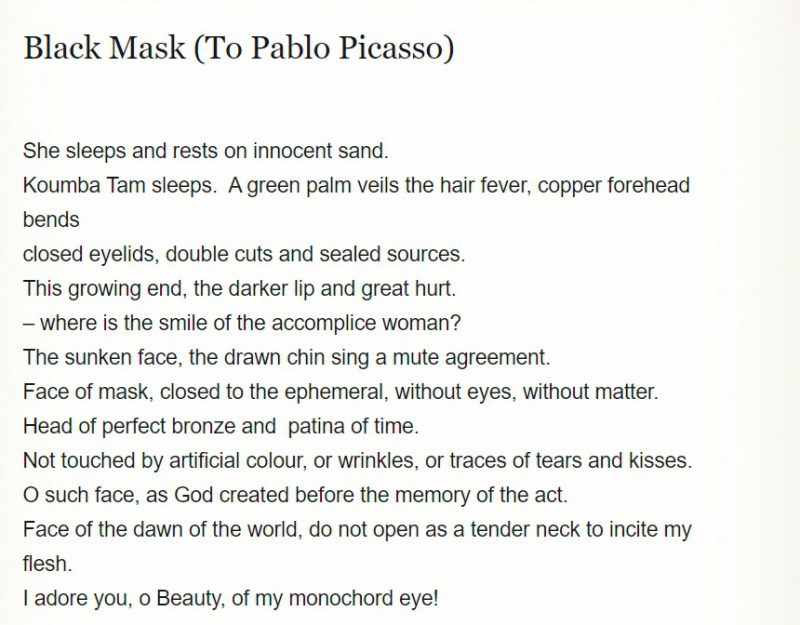
Senghor also emphasizes that it is a mistake for Westerners to place their aesthetic conceptions on African works, adding to the macabre anecdotes they impose. More remarkable is that comparing the erotic standards of Greek sculpture with that of primitive African sculpture creates a conflict of aesthetic perspectives. How can outsiders understand the meaning of African works when they have no understanding?
Western tastes and values have been permanently altered when it comes to African art and culture. However, is it really fair that African culture is only recognized as “art” through the lens of Western modernism? Black artists were forced to embrace modernism and thrive professionally to assert their African heritage. As a result, although the Black art movement spread globally, it was still dependent on white recognition.
Ending
Cubism is not the only painting trend from which the West has borrowed from other cultures. Not to mention that these borrowed actions are normalized by Westerners, but do not recognize such influence. The painter Vincent van Gogh, for example, acknowledged the influence of ukiyo-e woodblock prints throughout his career, as evidenced by this many references to letters to his brother. The reality is different, in many films about Vangogh’s life, almost all the directors ignore the important factor that has influenced his artistic style.
Therefore, the influence of other cultures on Western art history needs to be properly and appropriately recognized. Nor do we deny Picasso’s artistic legacies and they deserve a certain place of respect, but his act of appropriating African culture is still completely wrong. From the lesson of Picasso, the next generation of art makers need to be more understanding and careful before borrowing ideas and profiting from another culture.

